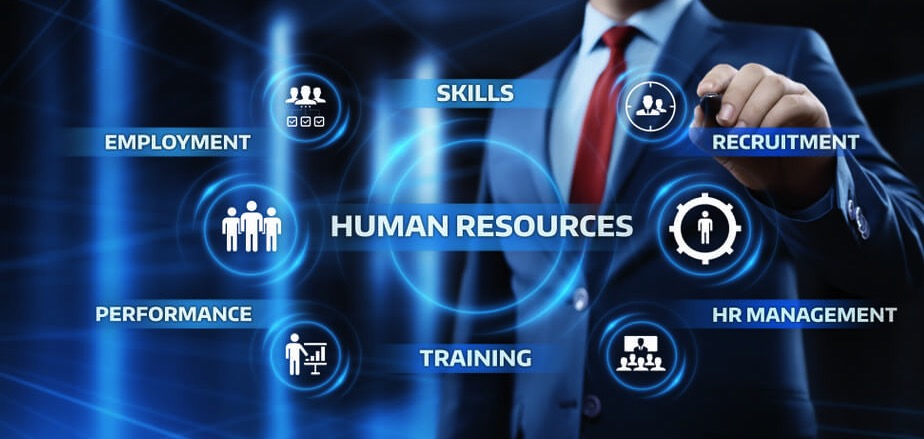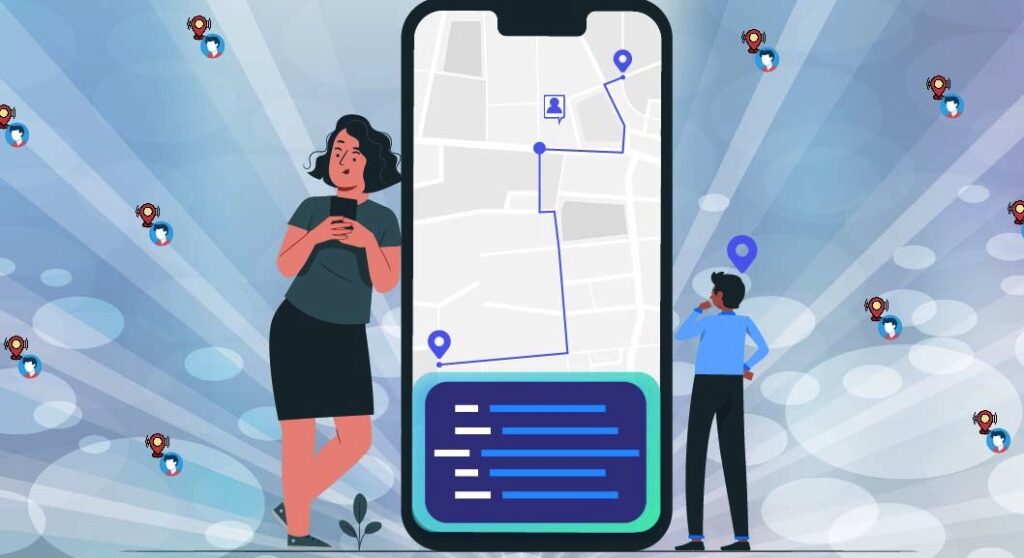Human Resource Tracking – Human resource tracking lies at the heart of efficient workforce management, providing organizations with the tools needed to monitor and optimize their employees’ performance. From attendance and performance metrics to compliance and strategic decision-making, these systems play a pivotal role in modern HR operations.
This article explores the intricacies of human resource tracking systems, offering insights into their importance, selection criteria, benefits, challenges, and future trends. Understanding these fundamentals empowers organizations to enhance productivity, streamline operations, and foster a positive work environment.

Understanding Human Resource Tracking Systems
What is Human Resource Tracking?
Human resource tracking[1] refers to the systematic process of monitoring and managing various aspects of an organization’s workforce. It involves capturing essential data related to employees, such as attendance, performance metrics, training records, and more. These systems play a crucial role in optimizing HR operations by providing actionable insights for decision-making.
Importance of Human Resource Tracking Systems
Effective HR tracking systems streamline administrative tasks, enhance productivity, and ensure compliance with regulations. By centralizing data, organizations can better analyze trends, forecast staffing needs, and improve employee engagement and retention strategies. This systematic approach also facilitates informed decision-making at all levels of management.
Key Features of HR Tracking Systems
Modern HR tracking systems offer a range of features designed to meet diverse organizational needs:
- Employee Database Management: Centralized storage of employee information, including contact details, job history, and performance evaluations.
- Attendance and Leave Management: Automated tracking of employee attendance, leave requests, and accruals, reducing manual errors and improving efficiency.
- Performance Evaluation Tools: Tools for setting goals, conducting reviews, and tracking performance metrics to foster professional growth and development.
- Compliance and Reporting: Ensuring adherence to labor laws and regulations through automated reporting and compliance monitoring.
Choosing the Right HR Tracking System

Factors to Consider When Selecting an HR Tracking System
Selecting the right HR tracking system involves evaluating several key factors:
- Scalability: The system should accommodate the organization’s current size and future growth.
- Integration Capabilities: Seamless integration with existing HR software and other organizational systems.
- User-Friendliness: Intuitive interfaces and ease of use to facilitate adoption across all levels of the organization.
- Customization Options: Ability to tailor features and functionalities to meet specific organizational needs.
- Security and Data Privacy: Robust security measures to protect sensitive employee information and ensure compliance with data privacy laws.
Types of HR Tracking Systems
Different organizations may opt for various types of HR tracking systems based on their requirements:
- Cloud-Based Systems: Offer flexibility and accessibility, allowing remote access and real-time updates.
- On-Premises Systems: Provide control over data management and security, suitable for organizations with specific regulatory requirements.
- Integrated Suites: Comprehensive solutions that combine HR tracking with other functionalities such as payroll and talent management.
Implementing an HR Tracking System
The implementation of an HR tracking system involves several stages:
- Assessment and Planning: Identifying organizational needs and objectives to align with the system’s capabilities.
- Vendor Selection: Researching and selecting a reputable vendor that meets the organization’s criteria.
- Deployment and Training: Installing the system, migrating data, and training users to maximize utilization and efficiency.
- Monitoring and Optimization: Regularly reviewing system performance, gathering feedback, and making adjustments as needed to enhance functionality and user experience.
Benefits of HR Tracking Systems
Improved Efficiency and Productivity
By automating routine tasks such as attendance tracking and performance evaluations, HR tracking systems free up time for HR professionals to focus on strategic initiatives and employee development.
Enhanced Decision-Making
Access to real-time data and analytics enables informed decision-making regarding workforce planning, resource allocation, and performance management.
Compliance and Risk Management
HR tracking systems ensure compliance with labor laws and regulations, reducing the risk of penalties and legal issues related to workforce management.
Employee Engagement and Satisfaction
Transparent communication, streamlined processes, and personalized development opportunities foster employee engagement and satisfaction, contributing to higher retention rates and a positive organizational culture.
Challenges and Considerations
Data Security and Privacy Concerns
Managing sensitive employee information requires robust security measures and compliance with data protection regulations to mitigate risks of data breaches and unauthorized access.
Integration with Existing Systems
Compatibility with existing HR, payroll, and ERP systems is crucial to ensure seamless data flow and avoid duplication of efforts.
User Adoption and Training
Successful implementation hinges on effective training programs and user support to encourage adoption and maximize the system’s benefits across the organization.
Future Trends in HR Tracking
Artificial Intelligence and Predictive Analytics
AI-driven insights will enable proactive workforce planning, talent acquisition, and performance forecasting based on historical data and predictive analytics.
Mobile and Remote Workforce Solutions
With the rise of remote work, mobile-friendly HR tracking solutions will cater to distributed teams, ensuring accessibility and connectivity regardless of location.
Enhanced Employee Experience
Focus on enhancing user interfaces, personalizing employee interactions, and integrating feedback mechanisms to improve overall employee experience and satisfaction.
Conclution
In conclusion, human resource tracking systems are indispensable tools for today’s organizations seeking to manage their workforce effectively. By centralizing data, automating processes, and providing actionable insights, these systems not only streamline HR operations but also support informed decision-making and enhance employee engagement.
Despite challenges such as data security and integration complexities, the future promises even more advanced capabilities through AI-driven analytics and mobile solutions. Embracing these trends will enable organizations to adapt to changing work environments and foster a culture of continuous improvement and success. By leveraging the power of HR tracking systems, organizations can propel themselves towards sustainable growth and operational excellence in the competitive landscape of today and tomorrow.
Reference
- https://en.wikipedia.org/wiki/Human_resource_management